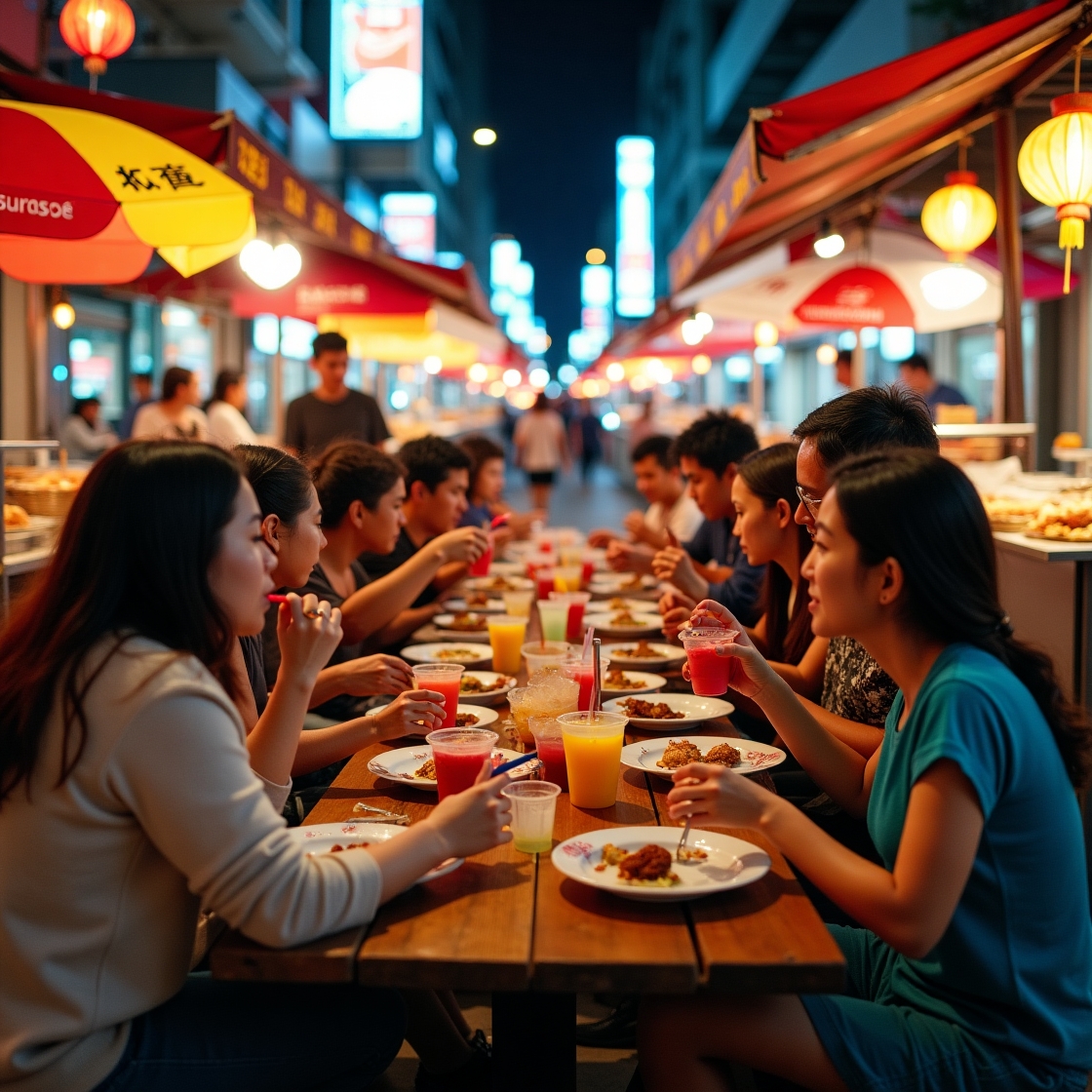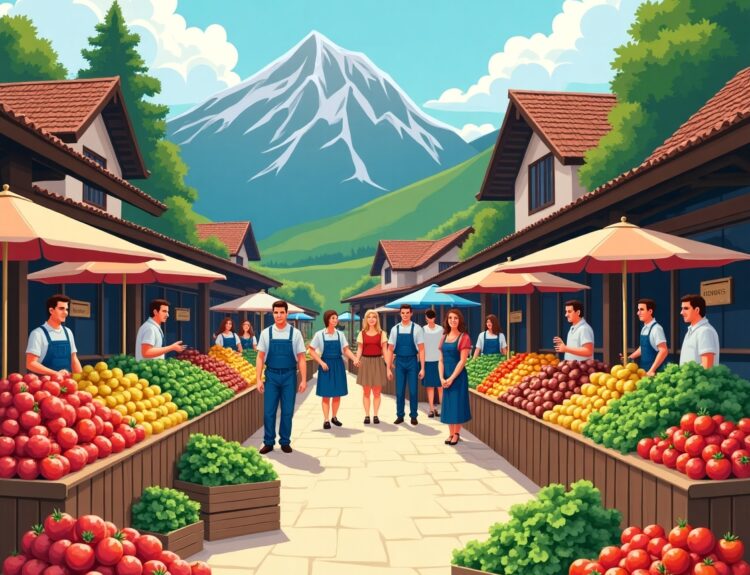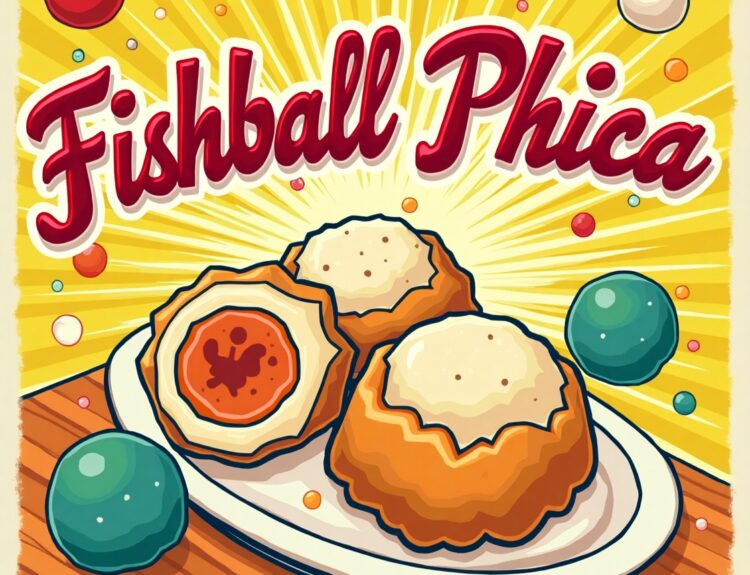Introduction:
In the heart of many bustling cities, Chinatown hawker stalls are known for their vibrant, flavorful dishes and the enticing aromas that draw locals and tourists alike. But there’s another growing trend that has caught the attention of many food lovers and environmental advocates alike: Chinatown hawker leftovers consumption.
This trend involves the act of consuming leftovers from food stalls, whether by individuals or through community programs aimed at reducing food waste. While it may seem unusual, it’s becoming increasingly popular, especially in cities with a rich food culture and a strong emphasis on sustainability. Let’s dive into the reasons behind this phenomenon and its cultural and environmental significance.
What is Chinatown Hawker Leftovers Consumption?
A Growing Practice in Urban Areas
In Chinatown and similar cultural districts worldwide, food plays a central role in everyday life. Hawker stalls, known for offering affordable and delicious meals, often end the day with leftover food that doesn’t get sold. Rather than letting this food go to waste, many local communities are embracing the idea of leftovers consumption, where food is either repurposed or shared among the local population.
For many, consuming leftovers isn’t just about saving money, it’s also a cultural practice rooted in reducing food waste and promoting sustainability. In some areas, food waste management programs have begun to collaborate with hawker centers to redistribute excess food to people in need.
Cultural and Economic Benefits of Leftovers Consumption
1. Food Waste Reduction
One of the primary reasons why Chinatown hawker leftovers consumption is gaining popularity is its potential to significantly reduce food waste. Every year, tons of perfectly edible food are thrown away, creating a strain on both the environment and local economies. By consuming or redistributing leftover food, communities can help reduce this problem and ensure that fewer resources are wasted.
2. Affordable Meals for All
In a world where food prices continue to rise, leftovers consumption offers an affordable alternative for individuals who may not have the means to buy fresh meals every day. Many hawker stalls are open to offering leftover food at discounted rates or even for free to those in need, helping bridge the gap between food insecurity and access to meals.
Why is This Practice Gaining Popularity?
Social Awareness and Sustainability Movements
The growing awareness of sustainable practices and food security issues has driven interest in consuming leftovers. People are more aware of the environmental impact of food waste, and there’s a collective shift towards embracing solutions that contribute to a more sustainable future.
In Chinatown areas where food culture is deeply embedded in everyday life, hawker stalls are seen not only as a place to eat but also as a key part of community well-being. More customers are beginning to see the value of consuming leftovers as a means of supporting local businesses, minimizing environmental impact, and contributing to the greater good.
The Role of Technology in Leftovers Distribution
With the rise of food-sharing apps and online platforms, it has become easier for hawker centers to connect with people who are willing to consume leftovers. These platforms allow restaurants and food stalls to list their leftover meals at the end of the day, offering them at discounted prices to those who are looking for affordable options.
This technological advancement has not only increased the accessibility of leftovers consumption but has also amplified awareness about food sustainability.
Conclusion: The Future of Chinatown Hawker Leftovers Consumption
In conclusion, Chinatown hawker leftovers consumption is more than just a trend. It’s a practice that combines cultural tradition, sustainability, and community well-being. As awareness about food waste continues to grow, and more people embrace eco-conscious living, this practice is likely to expand beyond Chinatown and into other parts of the world.
The increasing collaboration between hawker stalls, local communities, and technology-based platforms is helping to ensure that leftover food doesn’t go to waste. Instead, it becomes a valuable resource that benefits both the environment and the individuals consuming it.
So, next time you’re in Chinatown, consider exploring the delicious world of hawker leftovers—not only will you be enjoying affordable meals, but you’ll also be supporting sustainability and local businesses.
FAQs: Everything You Need to Know About Chinatown Hawker Leftovers Consumption
1. Is it safe to consume leftovers from hawker stalls?
Yes, leftovers from reputable hawker stalls are typically safe to consume, especially if they have been stored properly. Many hawker stalls ensure that their leftover food is stored under hygienic conditions to prevent contamination.
2. How can I find leftover food from Chinatown hawkers?
In many cities, food-sharing platforms or community groups will share information about leftover food offerings. You can also visit hawker centers near closing hours to inquire about discounts on leftovers.
3. Can consuming leftovers help reduce food waste?
Yes! By consuming leftover food, we help reduce the amount of food that is discarded, which in turn helps reduce the environmental impact of food waste.
4. How does leftovers consumption contribute to sustainability?
By consuming food that would otherwise be thrown away, we make a significant contribution to sustainability efforts by reducing the demand for fresh resources and energy required to produce new food.
5. Are there any programs that redistribute hawker leftovers to the community?
Yes, several cities have food redistribution programs in partnership with hawker stalls to provide leftover food to local communities in need. These initiatives help ensure that food is utilized rather than wasted.



